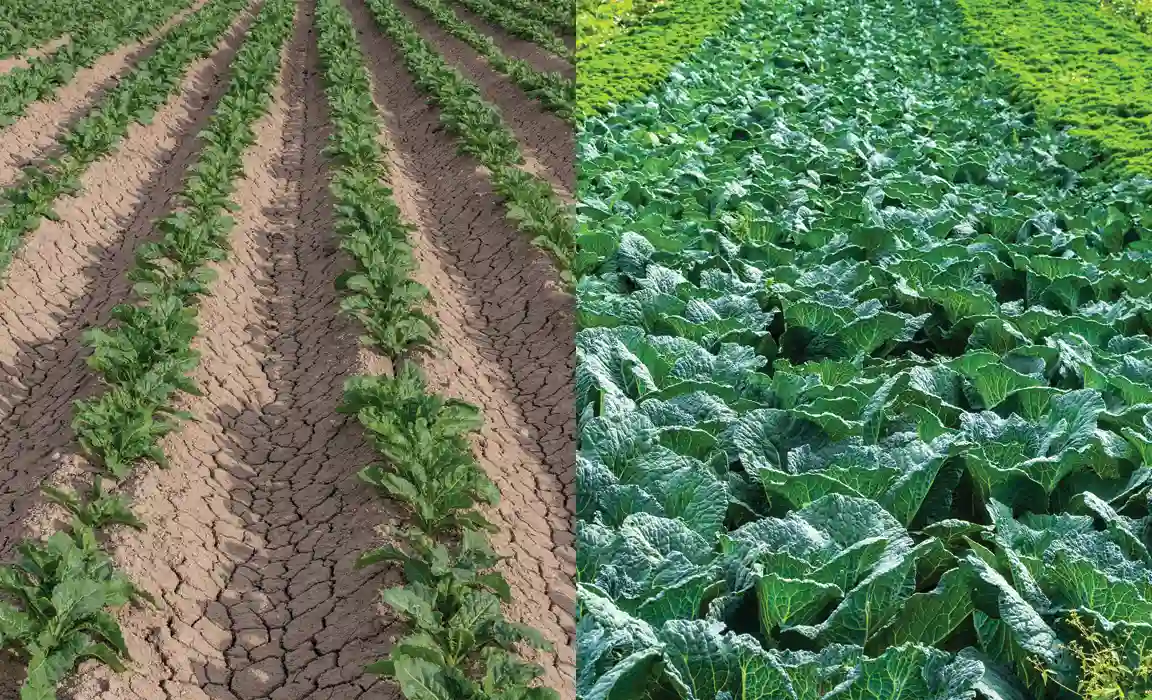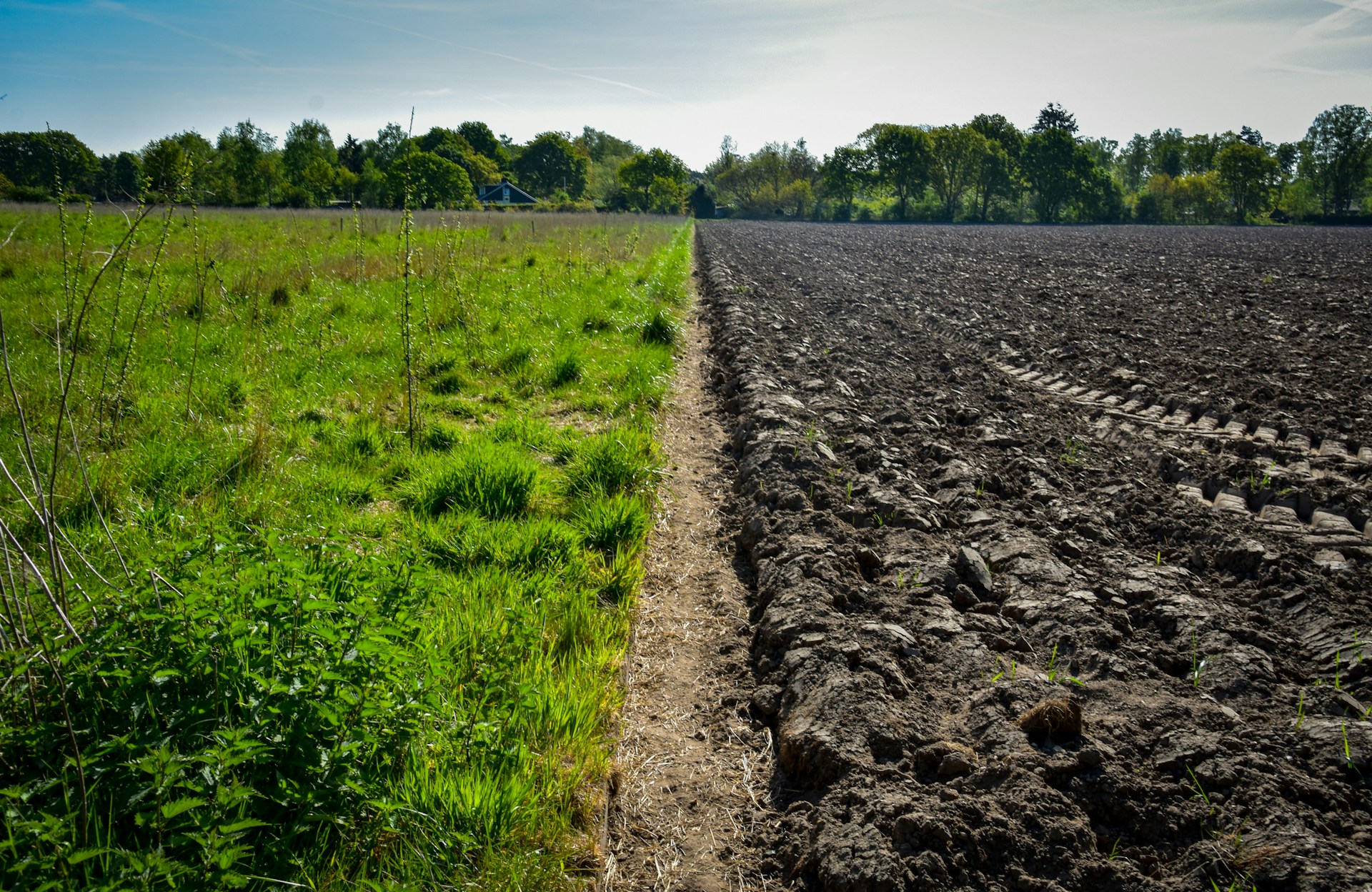Soil is often referred to as the earth’s skin, a vital component of our ecosystem. It’s where plants grow, nutrients cycle, and water is filtered and stored. However, not all soils are created equal. Many soils suffer from issues such as poor structure, compaction, nutrient deficiency, and pH imbalance. Fortunately, soil conditioners can provide effective solutions by enhancing the physical and chemical properties of the soil, creating an optimal environment for plant growth.
What Are Soil Conditioners?
Soil conditioners are materials added to soil to improve its overall health and functionality. They play a crucial role in agriculture, gardening, and environmental sustainability. By addressing specific soil deficiencies and enhancing various properties, soil conditioners help create fertile ground that promotes robust plant growth.
Key Functions of Soil Conditioners
Soil conditioners perform several essential functions, including:
- Improving Soil Structure: Conditioners enhance soil’s water-holding capacity, aeration, and drainage, making it more conducive to root growth and nutrient uptake.
- Supplying Essential Nutrients: Many conditioners provide vital nutrients, such as nitrogen, phosphorus, and potassium, which are necessary for healthy plant growth and development.
- Regulating Soil pH: Adjusting the pH level helps ensure that plants can absorb nutrients efficiently, maintaining a balanced growing environment.
- Supporting Beneficial Microorganisms: Healthy microbial communities are essential for soil fertility and ecosystem balance. Soil conditioners often encourage the growth of beneficial microbes, aiding in nutrient cycling and disease suppression.
- Enhancing Water Retention: By improving soil texture and structure, conditioners can reduce erosion, improve water infiltration, and make soil more resilient to drought and extreme weather.
Why are soil conditioners important?
Soil conditioners are vital for several reasons:
- Sustainable Agriculture: They contribute to increased crop yields, reduced soil degradation, and more efficient water use, supporting sustainable farming practices.
- Environmental Protection: Healthy soils mitigate climate change effects by sequestering carbon, filtering water, and supporting biodiversity.
- Food Security: Fertile soil is crucial for meeting the world’s growing food demands, ensuring a stable food supply.
- Ecosystem Services: Conditioners help maintain ecological balance, supporting diverse plant and animal species reliant on healthy soils.
- Human Well-Being: By contributing to a stable food supply and clean water, soil conditioners indirectly support human health.
Common Types of Soil Conditioners
There are various soil conditioners, each serving distinct functions. Some common types include:
- Organic Matter: Compost, manure, and green manure enrich soil with nutrients and improve its structure.
- Fertilizers: Both synthetic and organic fertilizers provide concentrated nutrients.
- Lime and Sulfur: These are used to adjust soil pH for optimal nutrient absorption.
- Peat Moss and Coconut Coir: These improve soil structure, aeration, and moisture retention.
- Biochar: A carbon-rich material that enhances soil fertility and contributes to carbon sequestration.
Among the various soil conditioners, biochar emerges as a particularly versatile option. It has gained attention not just as a soil enhancer but also as a key tool in combating climate change.
Functions of Biochar:
- Enhancement of Soil Structure: Biochar creates a porous structure, allowing for improved water infiltration and aeration. Its moisture-retaining properties mean less frequent watering, which is especially beneficial in dry conditions.
- Nutrient Retention: One of biochar’s standout features is its capacity to hold nutrients in the soil. It slows down nutrient leaching, ensuring that essential elements remain available to plants for longer periods, reducing the need for chemical fertilizers.
- Microbial Habitat: The porous structure of biochar provides an excellent environment for beneficial microorganisms. These microbes contribute to nutrient cycling and soil health, enhancing overall plant growth and resilience.
- pH Regulation: Biochar can help moderate soil pH levels, creating a balanced environment for optimal nutrient absorption.
- Carbon Sequestration: By converting organic materials into biochar, carbon is locked away in a stable form, helping to mitigate climate change effects.
The Rival: Coconut Coir
Though biochar shines, another noteworthy contender is coconut coir. This organic material, derived from coconut husks, also brings substantial benefits to soil health.
Functions of Coconut Coir:
- Improves Aeration and Drainage: Coir enhances soil structure, preventing compaction, which is vital to root growth.
- Moisture Retention: Like biochar, coconut coir retains water effectively, making it a great option for drought-prone areas.
- Nutrient Release: Though it is not as nutrient-dense as other conditioners, coconut coir inherently supports microbial activity that aids nutrient availability.
The Verdict: Which One is Best?
In terms of comprehensive benefits across microbial activity, water and nutrient retention, and aeration, biochar appears to have the edge. Its long-term benefits and ability to address multiple soil health challenges make it a standout choice. However, it’s essential to consider the specific needs of your soil and the plants you wish to grow.
In many cases, combining different soil conditioners, such as using biochar along with organic fertilizers, can yield even greater results. By leveraging the unique properties of each, you can tailor a soil management strategy that maximally enhances your soil’s health and productivity.
Conclusion
Soil conditioners are indispensable tools for promoting soil health and agricultural sustainability. Whether you choose biochar, coconut coir, or another conditioner, it is crucial to understand how each option fits your specific growing conditions and objectives. With the right approach, you can unlock the potential of your soil and cultivate thriving plants, contributing to healthier ecosystems and communities for generations to come.





